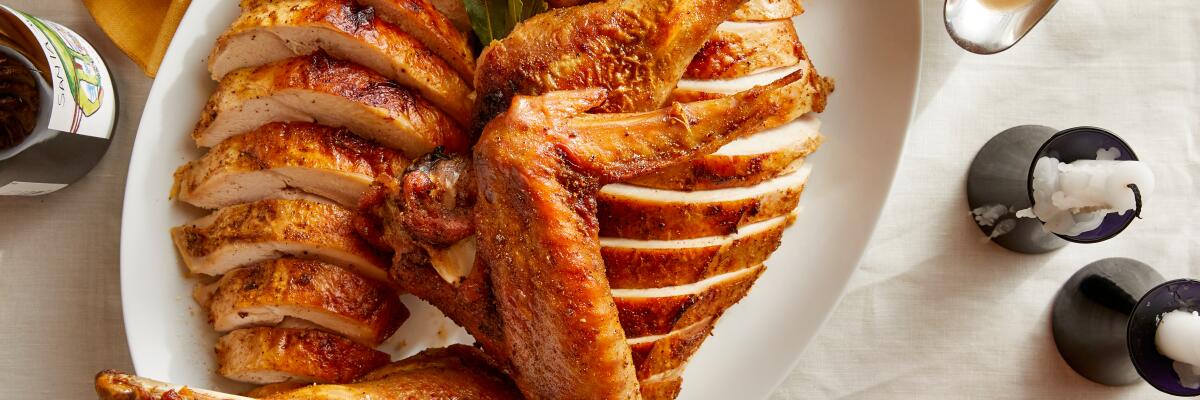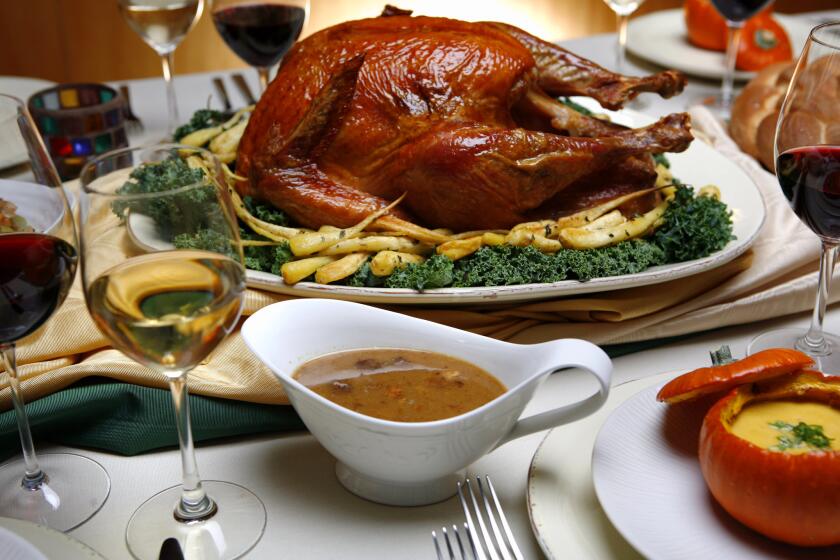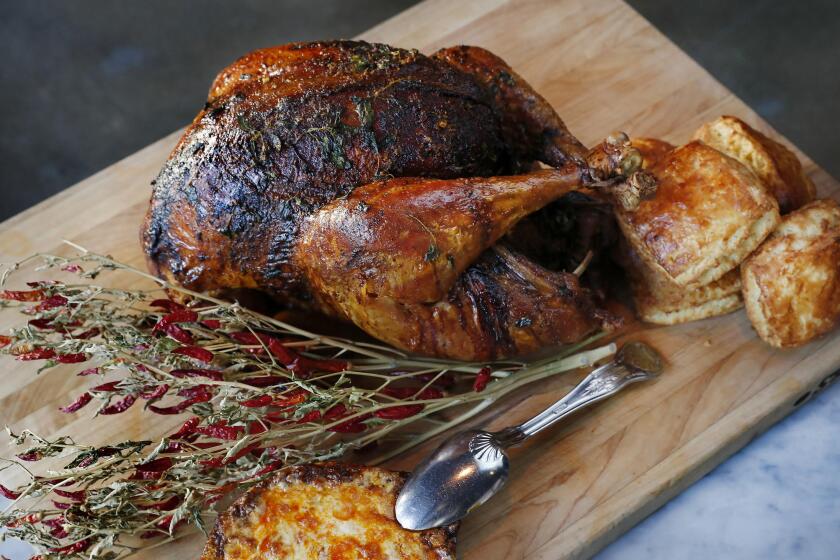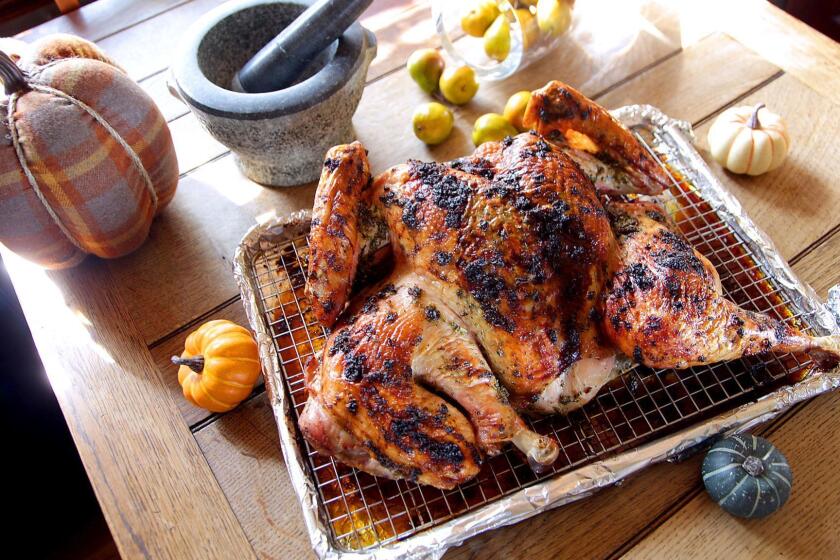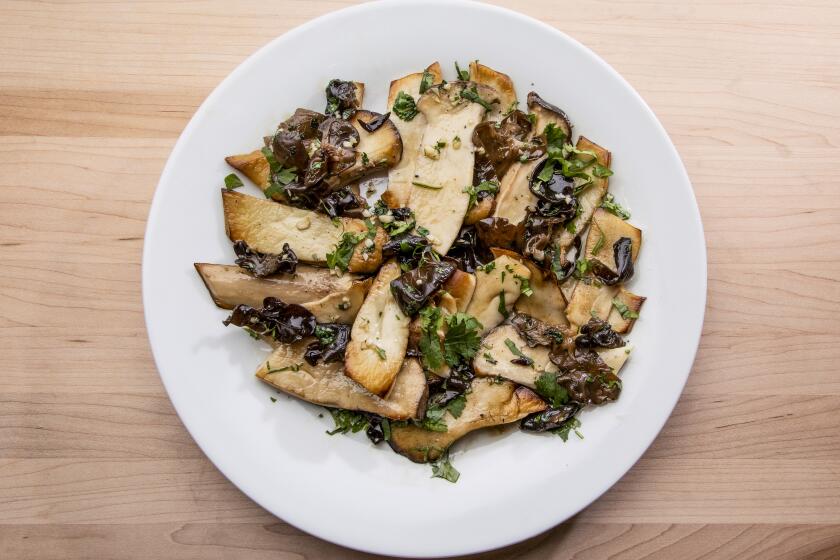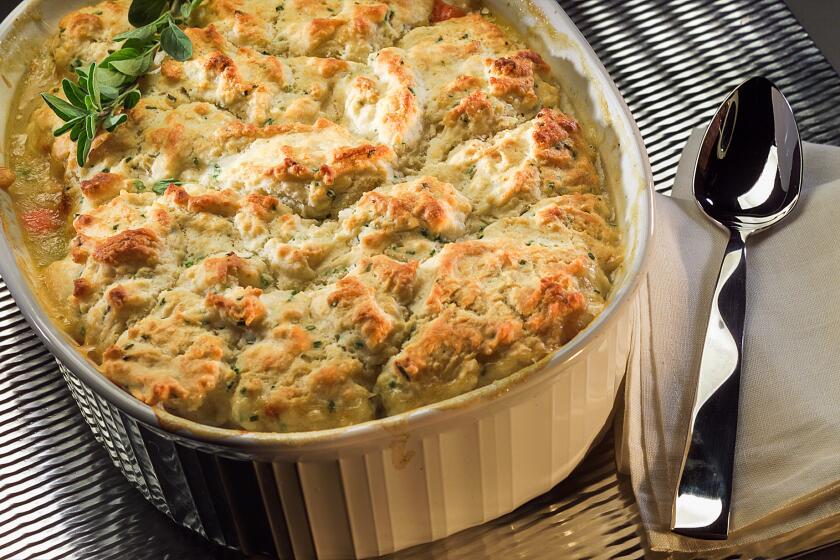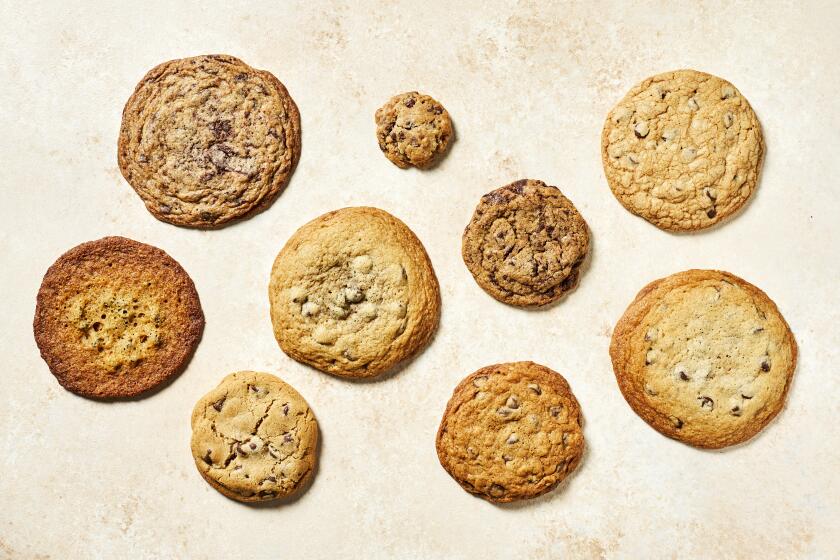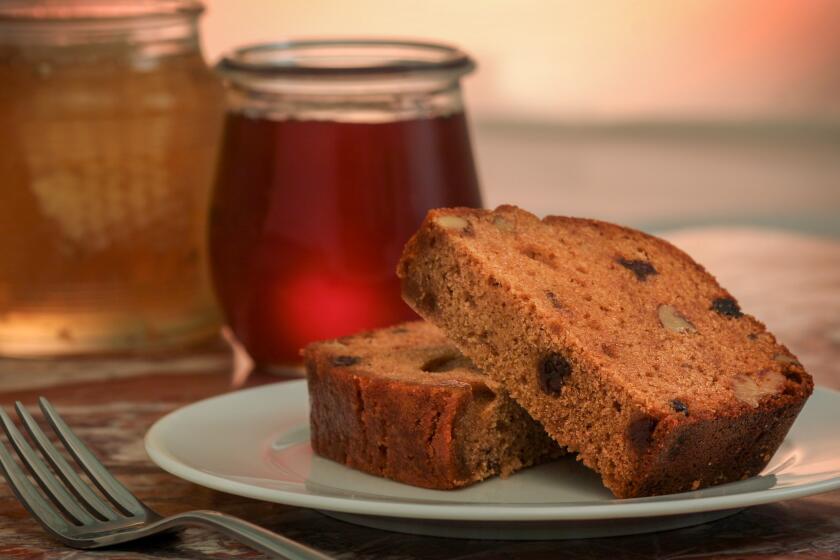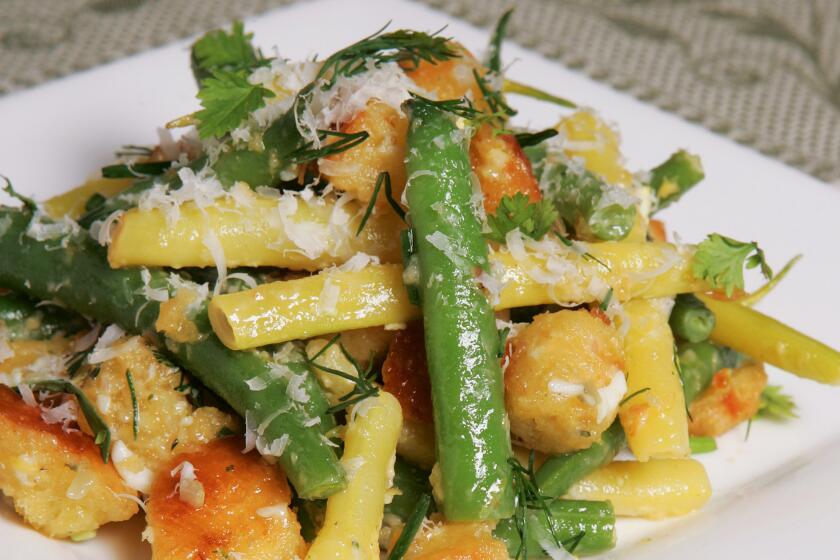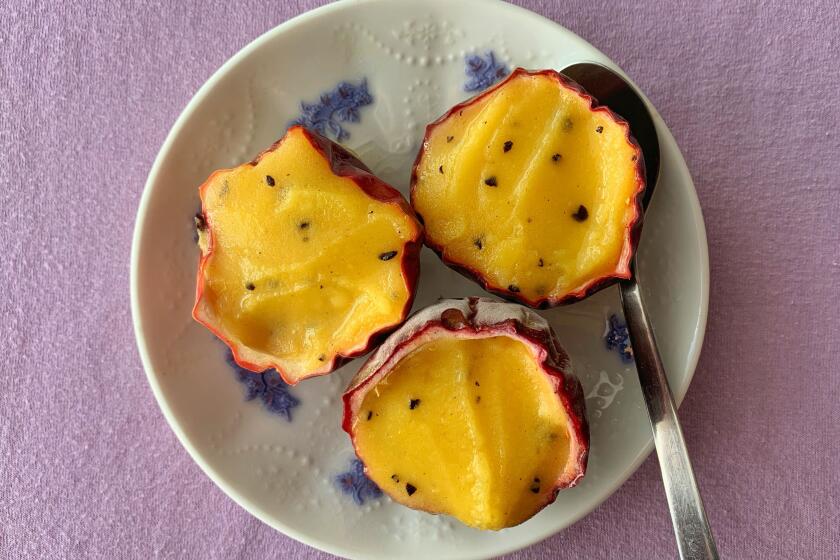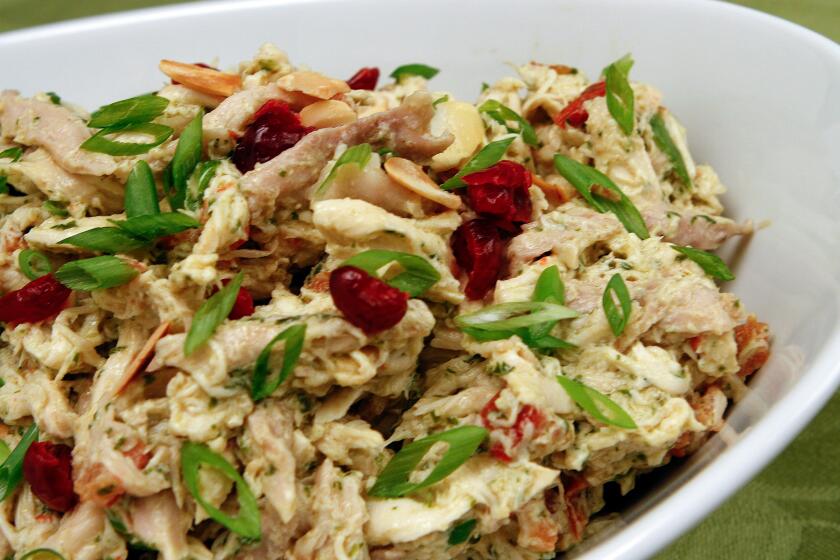Julie Giuffrida is the former Test Kitchen coordinator for the Los Angeles Times.
4 ways to roast your turkey
- Share via
If you are cooking Thanksgiving dinner this year, whether or not you have planned your menu, order your turkey now. Figure 1.5 pounds per person and add a pound or two (or more) for leftovers (if you want them). If you want a fresh turkey that weighs less than 15 pounds, call your local butcher today and place your order. If you want a frozen turkey that size, make room in your freezer and get it now. There is a lot of hype out there about turkey shortages. There isn’t a shortage, per se, however, due to smaller-sized gatherings (thank you COVID-19) people are buying smaller birds than usual so those smaller birds may get scooped up earlier than usual.
As long as we’re talking turkey, in case you weren’t aware, there is more than one way to roast a turkey. A few decision points can help determine which method is best for you.
The first question is whether to brine or not to brine. Brining is a process of soaking a turkey in salt or saltwater, perhaps with extra flavors added, perhaps not. This seasons the meat all the way through and redistributes the juices to make for moister turkey.
If brining, the next decision is wet brine or dry brine. Wet brining is the “classic” approach to brining: Immerse the turkey in saltwater for at least a day before roasting. Ray Garcia’s turkey is a good example of this — with carne asada flavorings like oranges, oregano and chiles added to the liquid. Dry brining, as the name implies, does not require all of that liquid — just a lot of salt. The ultimate turkey is a perfected version of this, modeled after the infamous Zuni Cafe chicken from chef Judy Rogers. It is less messy than wet brining, but ideally it does require three days in the fridge prior to roasting.
If you are not brining, the classic low-and-slow approach is the way to go. Ben Mims’ maple-mustard glazed turkey recipe uses this method. Finally, if you don’t want the bird taking up your oven space for the better part of the day, spatchcocking (isn’t that a great word?) is something to consider. Cut out the backbone and spread the bird flat out on a sheet pan. It will cook more evenly and in much less time than the whole, intact bird.
Once you’ve cooked your bird, you’ll need to carve it. This too is an art and Russ Parsons takes you through it step by step. With his guidance, your turkey will look as great on the platter as it will taste.
But enough chit-chat. Go order your bird!
The ultimate turkey
Dry-brine the turkey for three days, redistributing the salt each day. During roasting, raise the temperature at the end, rather than starting high at the beginning.
Time 3 hours
Yields Serves 11 to 15
Ray Garcia's Thanksgiving turkey
This turkey comes out gorgeous, deeply bronzed bird redolent of achiote and Mexican oregano, citrus and Tecate.
Time 4 hours
Yields Serves 8 to 12
Herb-roasted spatchcocked turkey
The trick to cooking a turkey on a sheet pan is to spatchcock it.
Time 2 hours
Yields Serves 8 to 12
Low and Slow Roast Turkey With Maple-Mustard Glaze
Roasting a whole turkey low and slow for hours yields incredibly moist, tender meat, which is bolstered by a spicy-sweet maple and mustard glaze.
Time 4 hours
Yields Serves 8

